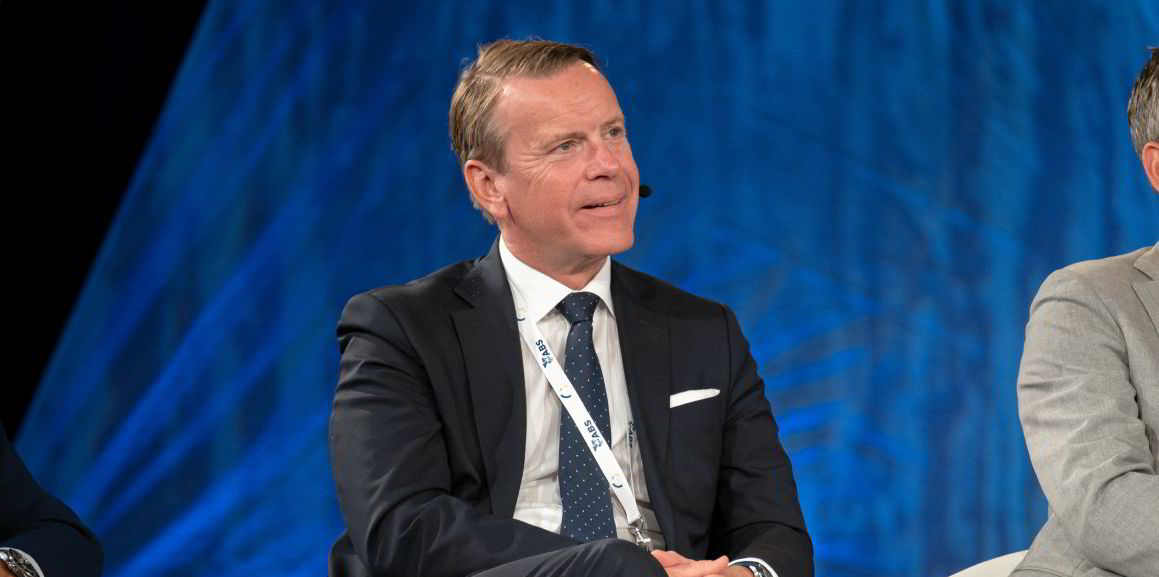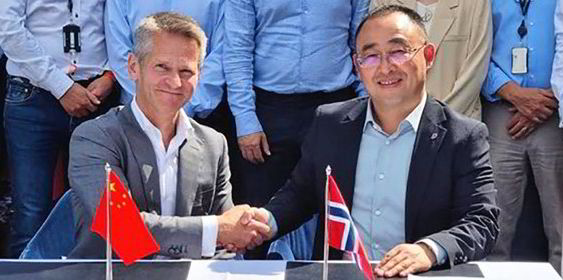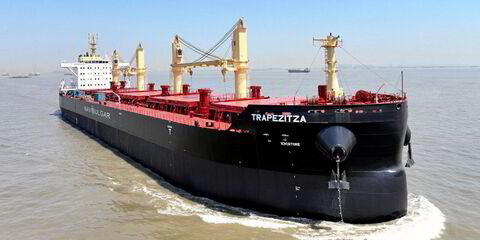Klaveness Combination Carriers’ bottom line crept up in the second quarter, but came in just short of expectations.
The Oslo-listed shipowner reported a $16.5m profit for the three months ending on 30 June, up from $16.2m for the same period last year as revenues rose to $44.5m from $41.3m.
“The second quarter continued with high volatility in our markets,” chief executive Engebret Dahm said during the company’s earnings call.
He said rates for bulkers and product tankers, both segments Klaveness Combination Carriers’ fleet of 16 vessels are capable of operating in, weakened during the summer months.
“In these markets, we are very happy to present another strong quarter for the company with average time charter equivalent rates of close to $32,000 per day, which is the third highest in the company's history,” Dahm added.
Its smaller, older Cabu vessels performed “splendidly” during the quarter, Dahm said, earning $34,502 per day. The earnings were in line with guidance published last month and good for 1.1 times product tanker rates and 2.7 times bulker rates.
Its Cleanbu vessels earned $29,482 per day in the quarter, less than the company’s guidance that expected rates between $31,500 per day and $33,500 per day.
Klaveness Combination Carriers attributed the weaker earnings to lower tanker trading.
DNB Markets analyst Jorgen Lian said there were no surprises in the company’s earnings, but did note the profit figure was 9% below the $18.1m consensus.
He did see downside risk in the third quarter, with the company expecting third-quarter rates for its Cabu ships the come in between $33,500 per day and $34,500 per day and its Cleanbu ships between $26,000 per day and $28,000 per day.
Lian said those figures suggest lower Ebitda for the third quarter and full year 2023.
So far, Klaveness Combination Carriers has fixed 81% of its Cabu days and 82% of its Cleanbu days.
It added that its entire Cabu tanker capacity has been fixed for the rest of 2023, while its entire Cleanbu fleet is employed in trades between Australia, North America and South America.
The Cleanbu ships, it said, are expected to up their capacity in the tanker market from 57% in the second quarter to 70% in the third quarter.





